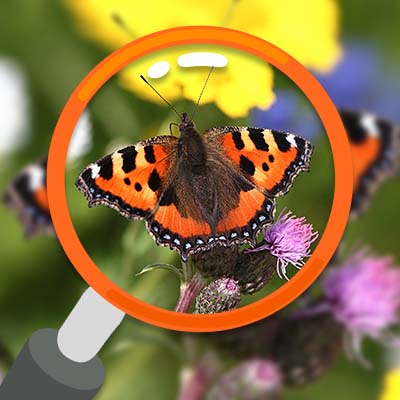Sign up for our App to get 50% off ONE Outdoor Plant
We are re-launching our new Ruxley Manor Club with a big offer – 50% off any one outdoor plant for the whole of May 2024 (Offer available in-store only). Simply download and register on our App before you checkout in-store to get your 50% off one outdoor plant. Whilst stocks last. *Terms and Conditions Apply.






























